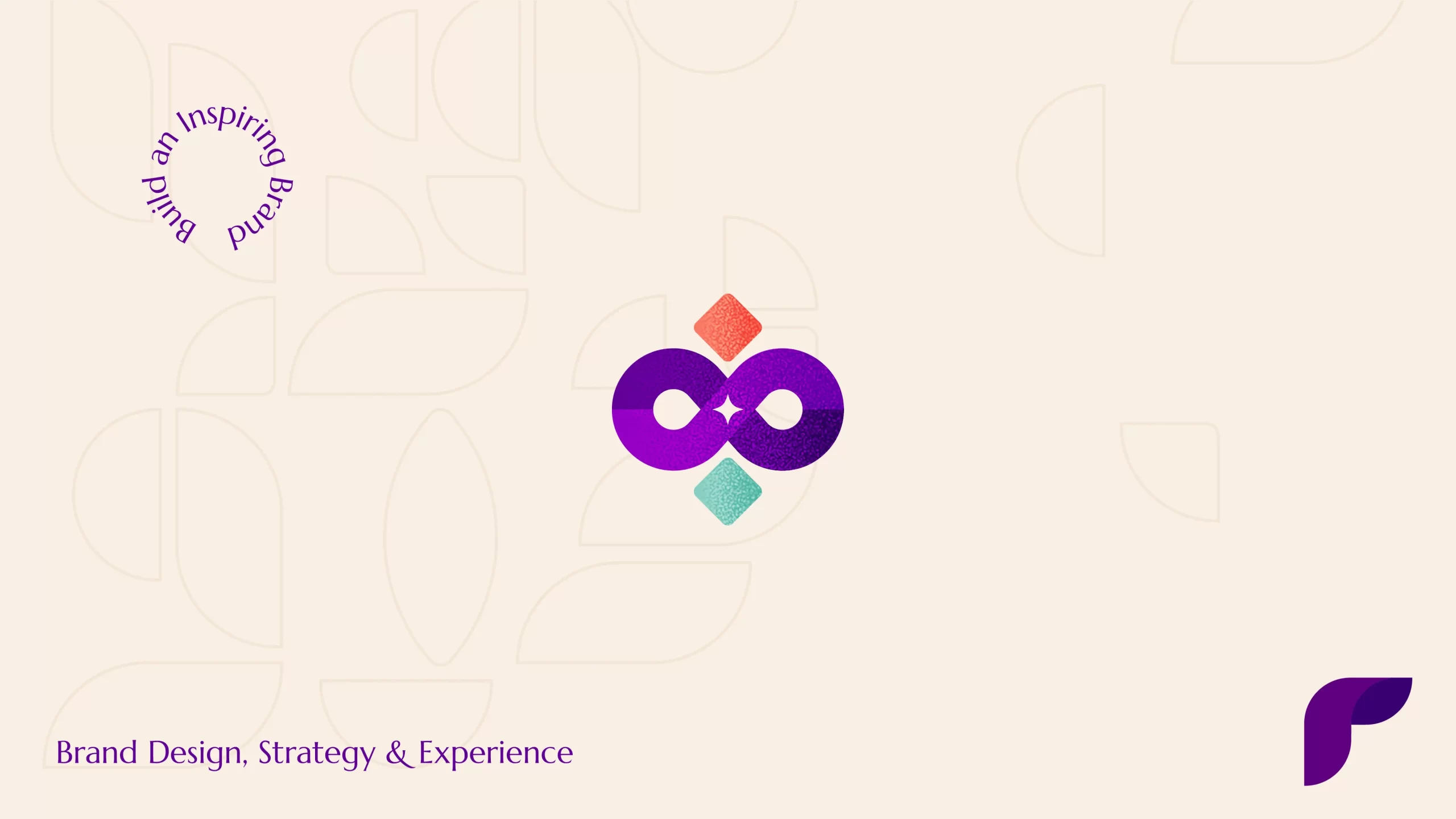Sonic branding is an emerging approach involving the strategic use of sound elements to create a memorable brand identity. It is a form of modern branding that encompasses everything from brand jingles and musical logos to ambient sounds associated with a brand. How does it work, you ask? It works on human psychology among many other factors.
The human brain processes audio faster than visual stimuli, making sound a powerful tool in influencing emotions and perceptions. Sonic branding recognizes this neurological reality and harnesses the emotional power of sound to create lasting connections with consumers. The right auditory elements can evoke emotions, enhance brand recall, and set the tone for a positive brand experience.
In this article, you will read about
How to create a sonic brand identity
Selecting the right sound elements involves a deep understanding of brand personality, values, and the emotions it wishes to convey. A soothing melody may align well with a wellness brand, while a tech company might opt for futuristic and dynamic sounds. The key is to create a sonic identity that resonates with the brand’s essence.
Maintaining consistency across platforms is crucial for a successful sonic branding strategy. Whether a customer encounters the brand on TV, radio, or a digital platform, the sonic elements should seamlessly align with the visual brand identity. Consistency reinforces brand recall and strengthens the overall brand experience. Beyond mere sounds, custom messages or audio cues associated with specific actions can enhance user experience.
For instance, the distinct sound of a camera shutter click when taking a photo with a smartphone instantly connects the action with the brand. Customization allows brands to craft unique auditory experiences. In addition to music, a brand can develop a unique voice or sound effects that become synonymous with its identity. Consider the startup chime of a Mac or the opening sound of a Netflix original series – these distinctive sounds contribute to brand recognition and create a sense of familiarity.
Several brands have successfully created memorable sonic identities. Intel’s five-note jingle is a classic example, instantly evoking thoughts of innovation and technology with a nostalgic touch. Mastercard’s melodic and versatile sonic logo is another success, seamlessly adapting to different cultures and regions while maintaining its core identity.
The psychological aspect
Research indicates that music and sound significantly influence consumer behavior. The right musical choice in commercials or while on hold can affect emotions, influencing purchasing decisions. Sonic branding taps into the psychology of sound, leveraging its ability to create emotional connections and influence consumer choices.
Sonic branding has the power to evoke emotions and create deep connections with consumers. The use of specific melodies or sounds associated with positive experiences can trigger emotional responses, fostering a sense of loyalty and affinity towards the brand. These emotional connections contribute to long-term brand relationships.
Audio elements have a remarkable impact on memory retention. Sonic branding enhances recall value, making a brand more memorable to consumers. When a brand consistently utilizes a distinctive sound across its touchpoints, it strengthens its position in the minds of consumers, increasing the likelihood of being remembered when making purchase decisions.
Also read: How logo design influences brands & businesses?
How to implement sonic branding
Sonic branding finds its most immediate application in advertising and marketing. Commercials and jingles that leverage memorable audio elements create a distinctive brand identity. Sonic branding in advertising goes beyond just creating catchy tunes; it’s about encapsulating the essence of a brand in a few seconds of sound.
For a comprehensive brand experience, sonic branding should seamlessly integrate with visual elements. When the visual and auditory components align cohesively, they reinforce each other, creating a powerful and unified brand identity. The synchronization enhances the overall impact of brand communication.
However, it’s not always smooth sailing. Some brands have faced challenges or missteps in their sonic branding strategies. For instance, the abrupt change in the Windows startup sound with Windows 8 received mixed reactions, highlighting the delicate balance required in altering established sonic identities. Here are some success stories to leave you inspired:
1. Netflix:
Netflix has successfully implemented sonic branding with its instantly recognizable “ta-dum” sound that plays before original content. This unique sound has become synonymous with the streaming giant, enhancing brand recall and setting the stage for an immersive viewing experience.
2. Nokia:
Nokia’s iconic ringtone (Connecting People) is a classic example of successful sonic branding. For years, the simple, yet distinct, ringtone was synonymous with Nokia phones and the idea of connecting people. This sonic identity contributed significantly to Nokia’s brand recognition during its dominance in the mobile phone market.
3. McDonald’s:
McDonald’s “I’m Lovin’ It” jingle is an exemplary case of effective sonic branding. Originally launched in 2003, this upbeat and catchy tune has become an integral part of McDonald’s global brand identity. Despite being over two decades old, it is still sung and cherished by many customers. The jingle is often played in commercials, at restaurants, and during various brand-related events.
4. Apple:
Apple’s startup chime is an iconic and instantly recognizable sonic element that has become synonymous with the brand. When you power on an Apple device, whether it’s a Mac, iPhone, or iPad, the distinctive sound plays, signaling the device’s activation. This sound has been a consistent feature across Apple products for decades. Many people use this ringtone even if they aren’t using an Apple product.
Also read: How to build a strong brand image in marketing?
Measuring success
Measuring the success of sonic branding involves analyzing consumer responses. This can be done through surveys, focus groups, and tracking metrics such as brand recall, customer engagement, and emotional resonance. Monitoring social media mentions and sentiment analysis can provide valuable insights into how consumers perceive and react to sonic branding.
The dynamic nature of consumer preferences and market trends necessitates a continuous evaluation of sonic branding strategies. Brands must remain agile, ready to adjust their sonic identities to align with evolving consumer expectations and market dynamics. Regular assessments and feedback loops contribute to the refinement and optimization of sonic branding strategies.
Conclusion
As technology continues to advance, the future of sonic branding holds exciting possibilities. Voice-enabled devices and virtual assistants are becoming more prevalent, opening new avenues for brands to create unique auditory experiences.
Major learnings from successful sonic branding include the importance of authenticity, adaptability, and the integration of sound with overall brand strategies. The evolution of sonic branding reflects the nature of consumer interactions, ensuring that brands remain attuned to the rhythmic pulse of their audience.




